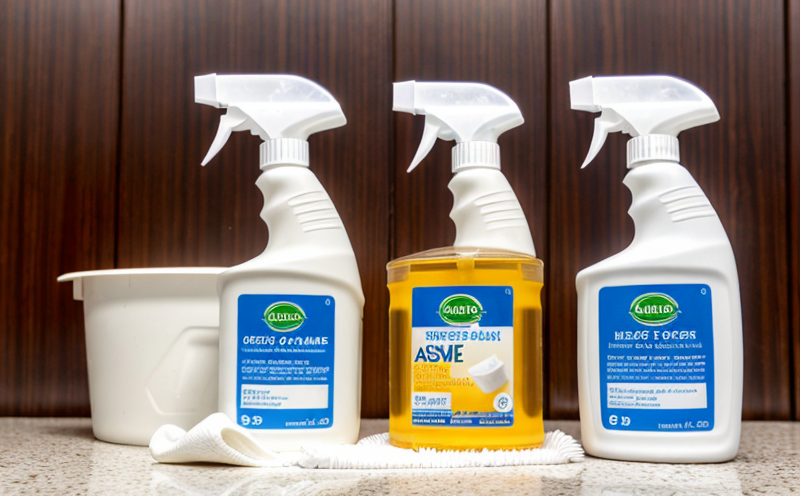DIN EN 1657 Veterinary Fungicidal Testing
The DIN EN 1657 standard, titled "Veterinary fungicides - Determination of efficacy," is a crucial guideline for ensuring the effectiveness and safety of veterinary fungicidal products. This service is specifically designed to support quality managers, compliance officers, R&D engineers, and procurement teams in their endeavors to ensure that the fungicidal products they work with meet stringent regulatory requirements.
The standard focuses on assessing the efficacy of fungicides intended for use in animal health care against specific fungal pathogens. The testing process is rigorous and ensures that any product claiming to have fungicidal properties is verified through standardized methods. This service not only helps manufacturers comply with international standards but also provides a competitive edge by ensuring superior quality.
The testing procedure involves several steps, including the selection of appropriate test organisms (fungi), preparation of the fungicide solution according to specified dilutions, and application under controlled environmental conditions. The efficacy is then measured over time using microbiological methods such as colony-forming unit counts or visual assessments for visible fungal growth.
For those involved in R&D, this service offers a robust framework to innovate and develop new formulations that meet the stringent requirements set by DIN EN 1657. Compliance officers can rely on this testing to ensure their products are not only effective but also safe for use in veterinary practices. For quality managers, it provides a reliable method to monitor the consistency of product performance.
The standard is particularly important given the increasing demand for effective fungicidal treatments in animal health care. By adhering to DIN EN 1657, manufacturers can ensure their products are safe and efficacious, thereby contributing to better livestock health and welfare.
Scope and Methodology
| Test Parameters | Description |
|---|---|
| Fungicide Concentration | The standard specifies the range of concentrations to be used for testing. |
| Type of Fungi | Specific fungi relevant to veterinary applications are selected for testing. |
| Test Duration | Tests are conducted over a period that reflects real-world conditions. |
The methodology involves several key steps, including the preparation of fungicide solutions at specified concentrations and application to test organisms under controlled environmental conditions. The efficacy is then measured by observing the reduction in fungal growth or the number of colony-forming units over time.
This process ensures that only products with proven efficacy are approved for use in veterinary applications. The standard also emphasizes the importance of conducting tests on a variety of fungi to ensure broad-spectrum effectiveness.
Quality and Reliability Assurance
- Stricter quality control measures are implemented throughout the testing process.
- Use of standardized equipment and reagents to ensure consistent results.
- Detailed documentation of all test parameters and outcomes for audit purposes.
The service places a strong emphasis on ensuring high levels of quality and reliability in the testing process. Stricter quality control measures are implemented at every stage, from specimen preparation to final analysis. The use of standardized equipment and reagents ensures that results are consistent across different tests and laboratories.
Detailed documentation is maintained for all test parameters and outcomes, allowing for thorough audits and traceability. This level of reliability not only enhances the confidence in the results but also facilitates easier compliance with regulatory requirements.
Environmental and Sustainability Contributions
- The use of standardized methods ensures that tests are conducted in a consistent manner, minimizing variability.
- Efforts are made to minimize waste during the testing process through efficient specimen preparation and handling.
The service also contributes positively to environmental sustainability. By using standardized methods, there is minimal variability in test results, which helps reduce the need for retesting and subsequent resource consumption. Additionally, efforts are made to minimize waste by optimizing specimen preparation and handling processes.
Through adherence to DIN EN 1657, manufacturers can contribute to sustainable practices in veterinary medicine. The rigorous testing process ensures that only effective and safe products reach the market, thereby promoting responsible use of resources and reducing environmental impact.





